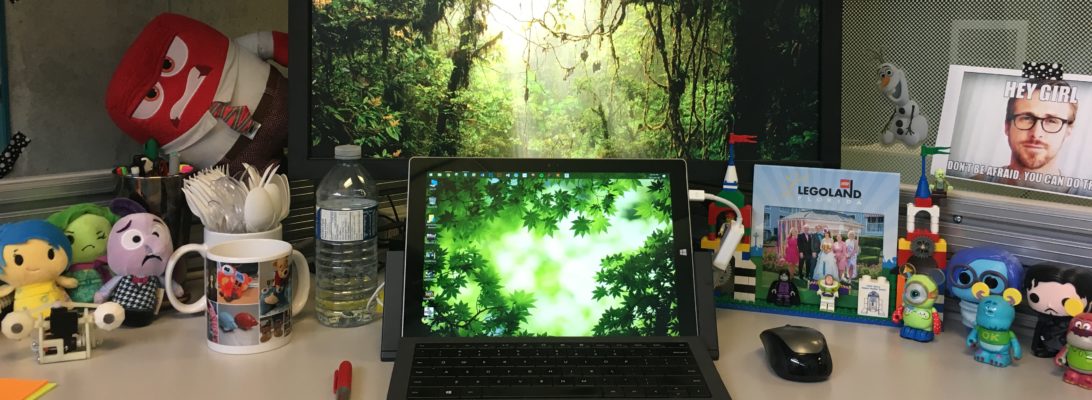
An example of unintended touch information from the perspective of a digitizer. The current stylus location is denoted in blue and the unintentional touch events from the palm and little finger are denoted in varying shades of orange.
The manuscript will not be published until December 2014, so here is the abstract:
The user experience on tablets that support both touch and styli is less than ideal, due in large part to the problem of unintended touch or palm rejection. Devices are often unable to distinguish between intended touch, i.e., interaction on the screen intended for action, and unintended touch, i.e., incidental interaction from the palm, forearm, or fingers. This often results in stray ink strokes and accidental navigation, frustrating users. We present a data collection experiment where participants performed inking tasks, and where natural tablet and stylus behaviors were observed and analyzed from both digitizer and behavioral perspectives. An analysis and comparison of novel and existing unintended touch algorithms revealed that the use of stylus information can greatly reduce unintended touch. Our analysis also revealed many natural stylus behaviors that influence unintended touch, underscoring the importance of application and ecosystem demands, and providing many avenues for future research and technological advancement.









